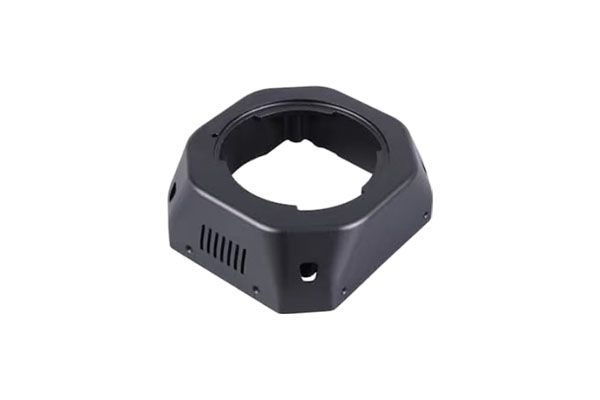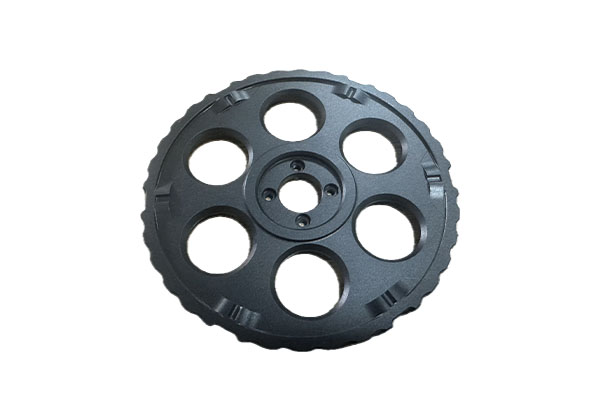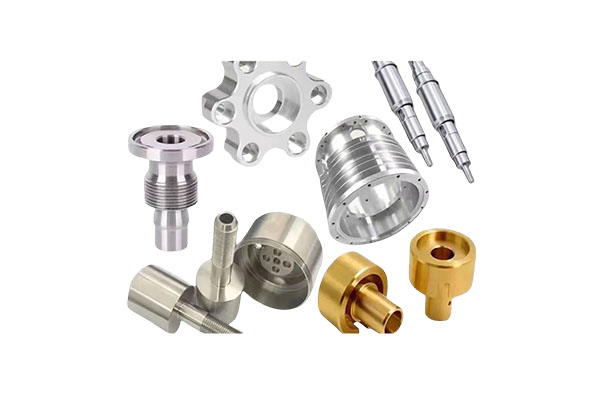How does precision optical equipment parts customization ensure high transmittance of optical systems?
Release Time : 2025-04-03
In terms of ensuring high transmittance of optical systems, precision optical equipment parts customization needs to be comprehensively considered and implemented from multiple aspects.
1. Material selection
High-purity materials: The materials for precision optical equipment parts customization require high purity, no impurities, no pores and cracks. Commonly used materials include quartz, optical glass, crystal, etc. These materials have high transmittance, low absorption rate, good chemical stability and mechanical strength, and can meet the requirements of precision optical systems.
Coating materials: Through coating technology, one or more layers of thin films can be formed on the surface of optical parts to improve their transmittance, reflectivity or anti-reflection properties. Commonly used coating materials include titanium dioxide (high refractive index), silicon dioxide (low refractive index), etc. By alternately depositing these materials, constructive or destructive interference of light waves of specific wavelengths between thin film layers can be achieved, thereby reducing reflectivity and increasing transmittance.
2. Manufacturing process
Precision machining: Use advanced equipment and precise machining technology to ensure the shape accuracy, size accuracy and position accuracy of optical parts. Avoid errors and defects caused by mechanical processing, such as scratches, burrs, bubbles, etc., which will affect the transmittance of the optical system.
Grinding and polishing: precision optical equipment parts customization Use fine grinding and polishing processes to ensure that the surface of optical parts is flat, smooth, and free of tiny defects. The grinding and polishing process requires strict control of process parameters, such as abrasive particle size, polishing liquid concentration, polishing time, etc., to obtain the best surface quality.
3. Coating technology
Modern coating technology: precision optical equipment parts customization Such as magnetron sputtering coating, ion-assisted coating, etc., these technologies can accurately control the thickness, composition and structure of the film layer, thereby achieving high transmittance, low reflectivity and other properties. Magnetron sputtering coating technology can control the thickness of the film layer at nanometer precision to ensure the consistency and stability of the coating.
Multilayer coating: precision optical equipment parts customization By designing a multilayer coating structure, a wider light transmission band and higher transmittance can be achieved. Multilayer coating needs to consider factors such as the refractive index, thickness and number of layers of each layer. By optimizing these parameters, the best optical performance can be obtained.
4. Quality Control and Inspection
Strict quality control: During the manufacturing process, quality control and inspection need to be strengthened to ensure that each process meets the design requirements. Use high-precision measuring instruments and equipment to accurately measure and evaluate the performance indicators of optical parts such as shape accuracy, surface quality, and transmittance.
Environmental control: During the coating and inspection process, environmental conditions such as temperature, humidity, and cleanliness need to be strictly controlled. These environmental factors will affect the quality and optical performance of the coating, so corresponding measures need to be taken to control and monitor.
5. Application and Maintenance
Correct installation and debugging: When installing and debugging the optical system, it is necessary to ensure the correct installation and positioning of the optical parts. Avoid optical performance degradation caused by improper installation or inaccurate debugging.
Regular maintenance and care: Regular maintenance and care of the optical system, such as cleaning the surface of optical parts and checking the coating status. Timely discover and deal with potential problems to ensure that the optical system always maintains good working condition and performance.
In summary, ensuring the high transmittance of precision optical equipment parts customization requires comprehensive consideration and implementation from multiple aspects such as material selection, manufacturing process, coating technology, quality control and inspection, and application and maintenance. The implementation of these measures will help improve the performance stability and reliability of the optical system and meet the needs of various application scenarios.
1. Material selection
High-purity materials: The materials for precision optical equipment parts customization require high purity, no impurities, no pores and cracks. Commonly used materials include quartz, optical glass, crystal, etc. These materials have high transmittance, low absorption rate, good chemical stability and mechanical strength, and can meet the requirements of precision optical systems.
Coating materials: Through coating technology, one or more layers of thin films can be formed on the surface of optical parts to improve their transmittance, reflectivity or anti-reflection properties. Commonly used coating materials include titanium dioxide (high refractive index), silicon dioxide (low refractive index), etc. By alternately depositing these materials, constructive or destructive interference of light waves of specific wavelengths between thin film layers can be achieved, thereby reducing reflectivity and increasing transmittance.
2. Manufacturing process
Precision machining: Use advanced equipment and precise machining technology to ensure the shape accuracy, size accuracy and position accuracy of optical parts. Avoid errors and defects caused by mechanical processing, such as scratches, burrs, bubbles, etc., which will affect the transmittance of the optical system.
Grinding and polishing: precision optical equipment parts customization Use fine grinding and polishing processes to ensure that the surface of optical parts is flat, smooth, and free of tiny defects. The grinding and polishing process requires strict control of process parameters, such as abrasive particle size, polishing liquid concentration, polishing time, etc., to obtain the best surface quality.
3. Coating technology
Modern coating technology: precision optical equipment parts customization Such as magnetron sputtering coating, ion-assisted coating, etc., these technologies can accurately control the thickness, composition and structure of the film layer, thereby achieving high transmittance, low reflectivity and other properties. Magnetron sputtering coating technology can control the thickness of the film layer at nanometer precision to ensure the consistency and stability of the coating.
Multilayer coating: precision optical equipment parts customization By designing a multilayer coating structure, a wider light transmission band and higher transmittance can be achieved. Multilayer coating needs to consider factors such as the refractive index, thickness and number of layers of each layer. By optimizing these parameters, the best optical performance can be obtained.
4. Quality Control and Inspection
Strict quality control: During the manufacturing process, quality control and inspection need to be strengthened to ensure that each process meets the design requirements. Use high-precision measuring instruments and equipment to accurately measure and evaluate the performance indicators of optical parts such as shape accuracy, surface quality, and transmittance.
Environmental control: During the coating and inspection process, environmental conditions such as temperature, humidity, and cleanliness need to be strictly controlled. These environmental factors will affect the quality and optical performance of the coating, so corresponding measures need to be taken to control and monitor.
5. Application and Maintenance
Correct installation and debugging: When installing and debugging the optical system, it is necessary to ensure the correct installation and positioning of the optical parts. Avoid optical performance degradation caused by improper installation or inaccurate debugging.
Regular maintenance and care: Regular maintenance and care of the optical system, such as cleaning the surface of optical parts and checking the coating status. Timely discover and deal with potential problems to ensure that the optical system always maintains good working condition and performance.
In summary, ensuring the high transmittance of precision optical equipment parts customization requires comprehensive consideration and implementation from multiple aspects such as material selection, manufacturing process, coating technology, quality control and inspection, and application and maintenance. The implementation of these measures will help improve the performance stability and reliability of the optical system and meet the needs of various application scenarios.







